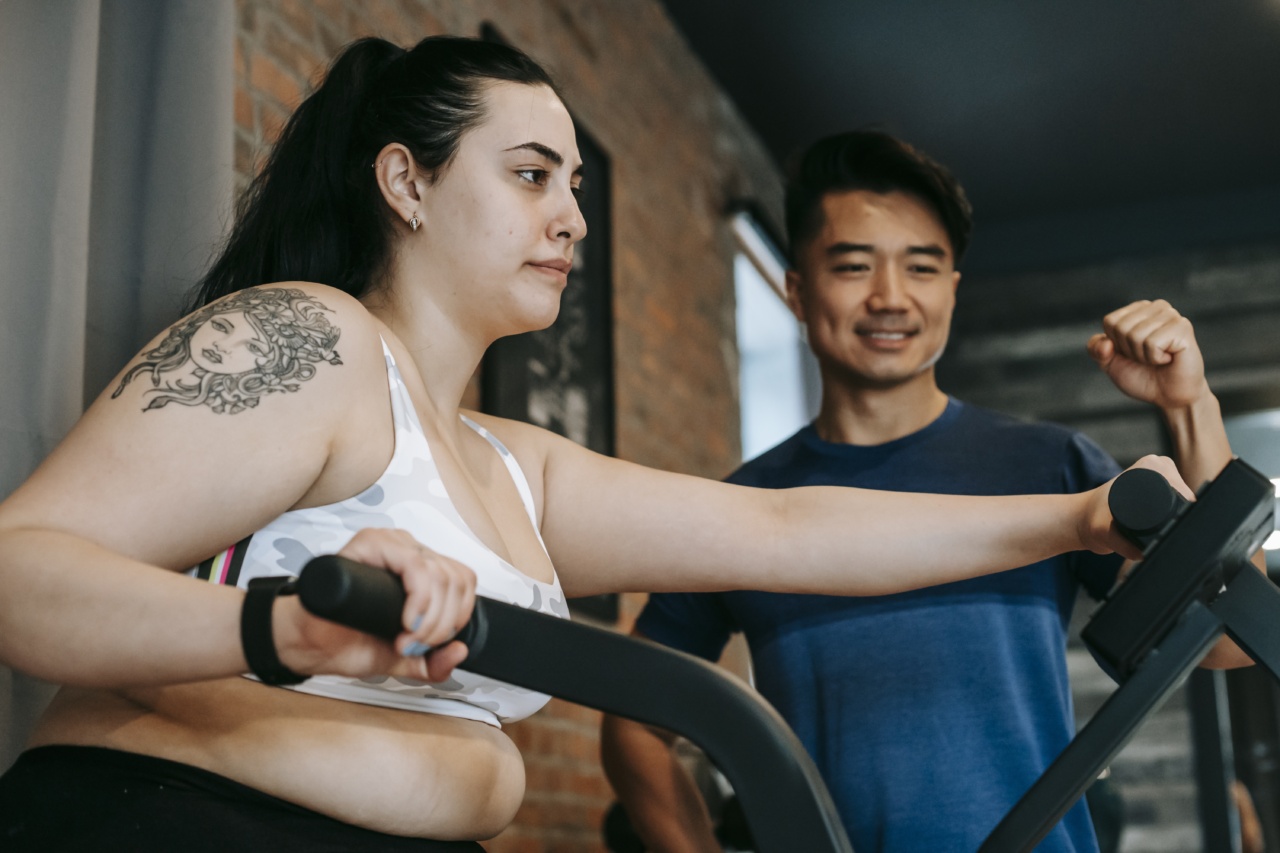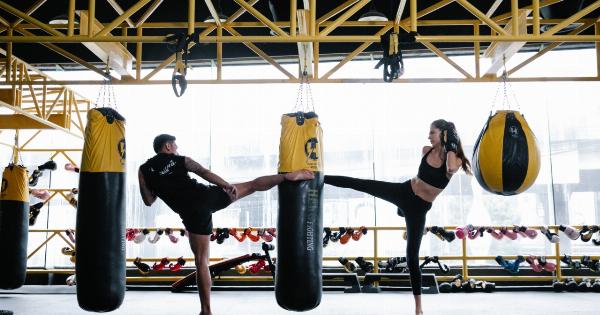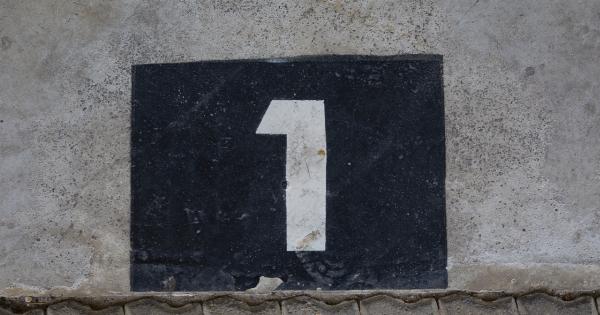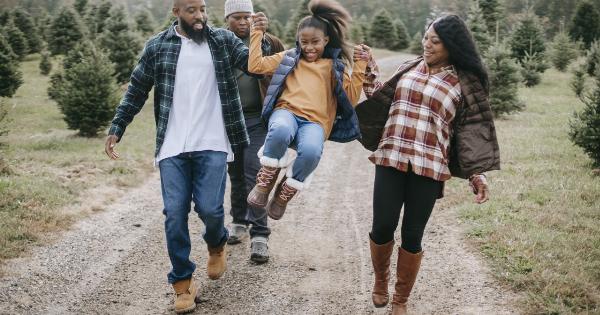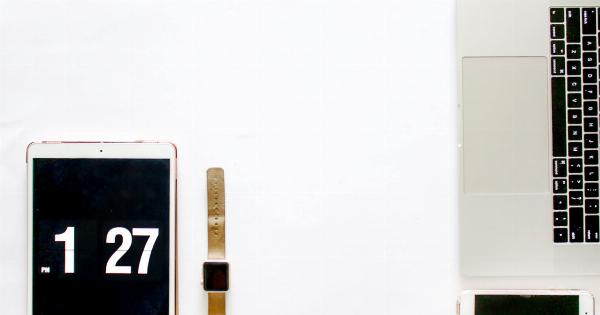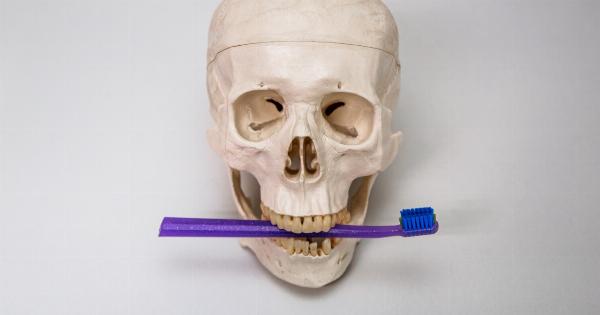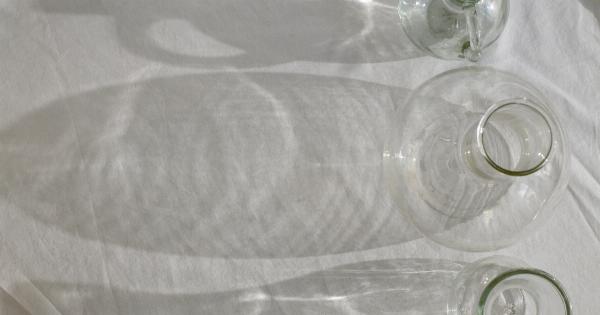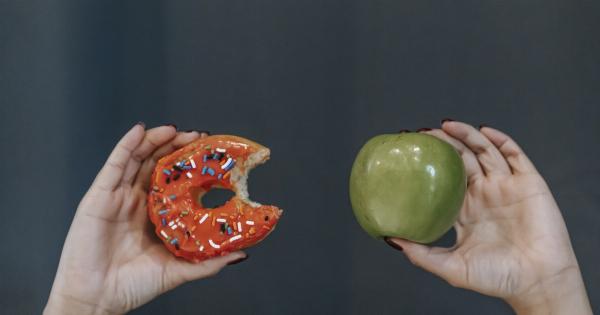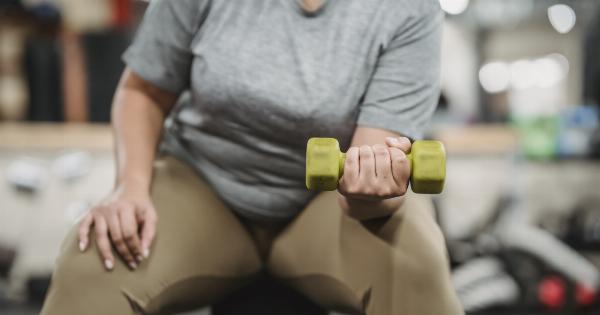Exercise is vital not only for maintaining a healthy weight and overall well-being but also for strengthening our bones.
Many tend to associate exercise with cardiovascular health or muscle strength, but it also plays a significant role in keeping our bones healthy and preventing bone-related issues such as osteoporosis. Regular exercise, particularly weight-bearing and resistance exercises, helps promote bone formation, improves bone density, and reduces the risk of fractures.
Understanding Bone Health
Before diving into the importance of exercise for strong bones, it is essential to understand bone health. Bones are living tissues that undergo a continuous process of breaking down old bone tissue and rebuilding new bone tissue.
This ongoing remodeling process maintains the strength and integrity of our bones. However, as we age, the rate at which new bone tissue is formed decreases, potentially leading to weakened bones and an increased risk of fractures.
The Role of Exercise
Regular exercise, specifically weight-bearing and resistance exercises, can significantly impact our bone health and help combat the natural decline in bone mass associated with aging.
Exercise provides mechanical stress to our bones, stimulating bone cells called osteoblasts that are responsible for new bone formation. These exercises work by applying force to the bones, stimulating them to become stronger, denser, and more resistant to fractures.
Weight-Bearing Exercises
One of the most effective forms of exercise for maintaining bone health is weight-bearing exercise. These exercises require the body to support its weight against gravity, thus placing stress on the bones.
Some examples of weight-bearing exercises include:.
- Brisk walking or jogging
- Hiking
- Dancing
- Stair climbing
- Tennis or other racquet sports
Engaging in weight-bearing exercises for at least 30 minutes a day, most days of the week, can have a significant impact on bone health.
These exercises not only improve bone density in individuals of all ages but also help maintain strong bones as we age and reduce the risk of fractures.
Resistance Training
In addition to weight-bearing exercises, resistance training is also crucial for building and maintaining strong bones.
Resistance exercises involve working against some form of resistance, such as body weight, free weights, resistance bands, or weight machines. These exercises create tension within the muscles, which in turn places stress on the attached bones, stimulating bone growth and strength.
Some examples of resistance exercises include:.
- Strength training with weights or resistance bands
- Push-ups and pull-ups
- Planks
- Squats and lunges
Regular resistance training, performed 2-3 times a week, can help increase bone mass, improve bone density, and reduce the risk of fractures.
It is important to note that proper form and technique should always be maintained to prevent injury during resistance training.
Incorporating Exercise into Your Routine
Now that we understand the significance of exercise for strong bones, it is essential to find ways to incorporate exercise into our daily routines. Here are a few tips:.
- Schedule regular exercise sessions: Set aside specific times in your week dedicated to exercise. Treat it as an important appointment that you cannot miss.
- Find activities you enjoy: Choose exercises that you find enjoyable and can sustain in the long term. This will help you stay motivated and committed to your exercise routine.
- Mix it up: Don’t limit yourself to just one type of exercise. Include a variety of weight-bearing and resistance exercises to target different muscle groups and keep your routine interesting.
- Exercise with others: Consider joining a fitness class or finding a workout buddy. Exercising with others can increase motivation, make the experience more enjoyable, and help you stay committed.
- Start slowly: If you are new to exercise or have certain health conditions, it is important to start slowly and gradually increase the intensity and duration of your workouts. Consult with a healthcare professional or a certified fitness trainer for guidance.
Other Factors Affecting Bone Health
While exercise plays a significant role in maintaining strong bones, it is essential to remember that other lifestyle factors also impact bone health. Here are a few additional considerations:.
- Diet: Consuming a balanced diet rich in calcium, vitamin D, and other essential nutrients is crucial for bone health. Incorporate foods such as dairy products, leafy greens, fatty fish, and fortified cereals to support your bone health.
- Quit smoking: Smoking has been linked to decreased bone density and an increased risk of fractures. Quitting smoking is not only beneficial for your overall health but also for your bone health.
- Limit alcohol consumption: Excessive alcohol consumption can impair bone formation and increase the risk of osteoporosis. Drink alcohol in moderation to support your bone health.
- Regular check-ups: It is important to have regular check-ups with your healthcare provider to monitor your bone health and address any concerns or potential risk factors.
Conclusion
Exercise is not only essential for cardiovascular health and maintaining a healthy weight but also plays a crucial role in maintaining strong bones.
Through weight-bearing and resistance exercises, we can stimulate bone formation, improve bone density, and reduce the risk of fractures. By incorporating exercise into our daily routines and considering other factors that affect bone health, we can take proactive measures in preserving our bone health and overall well-being.
